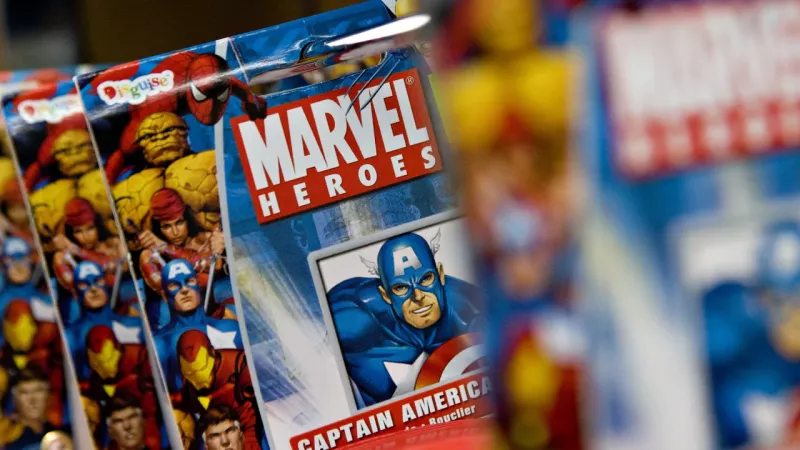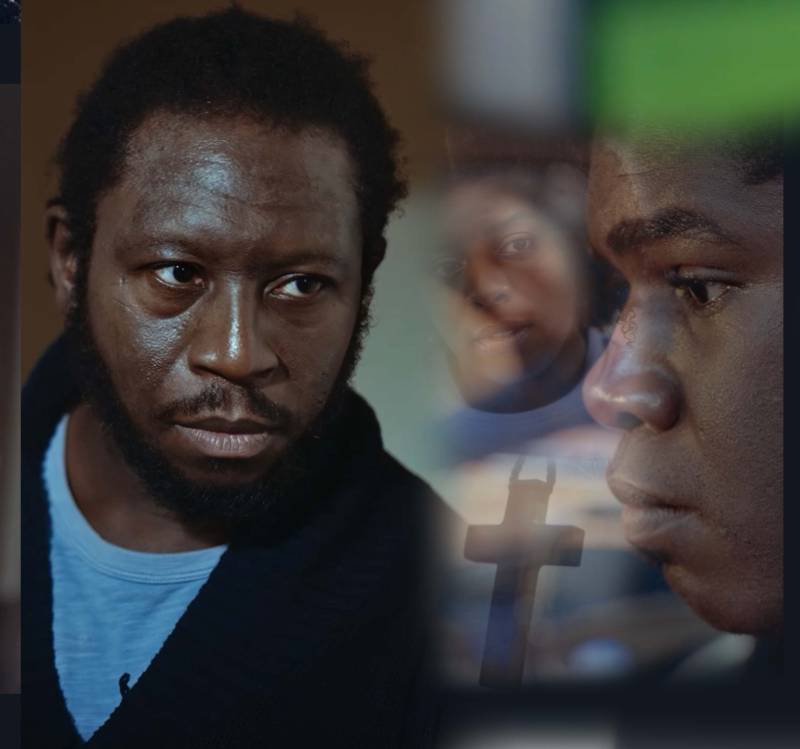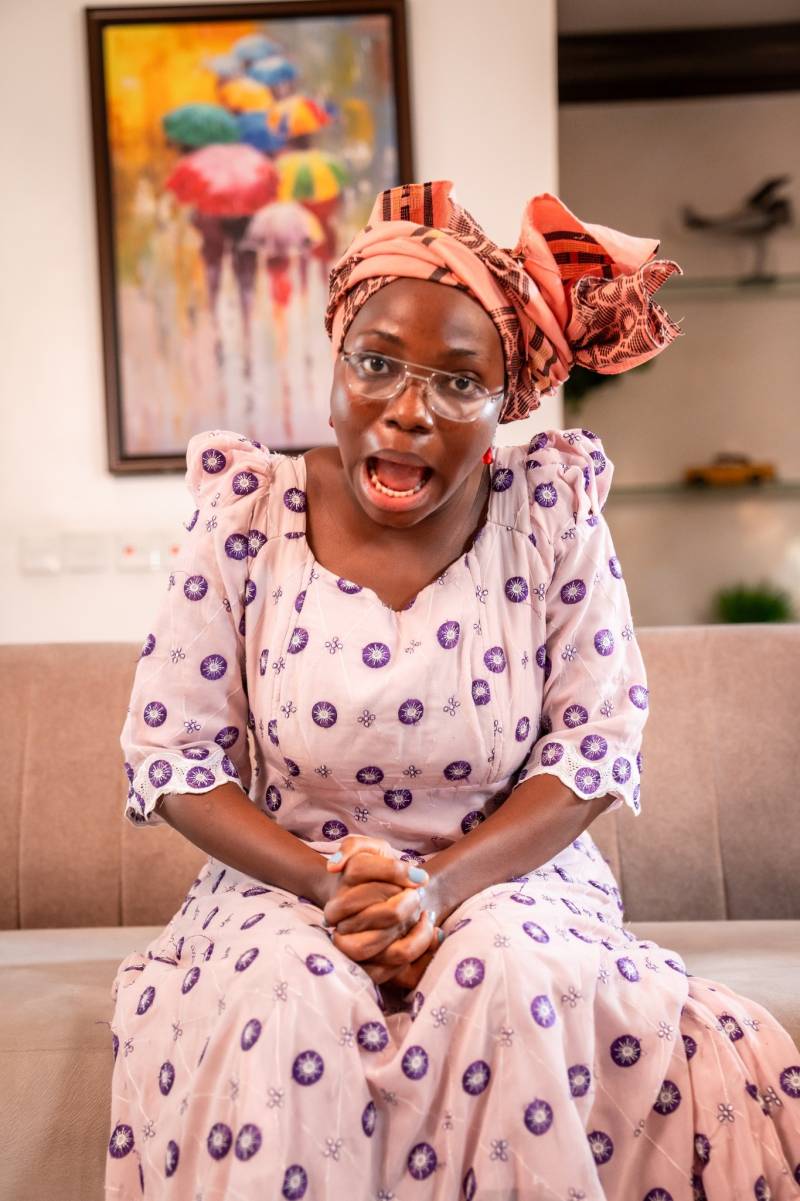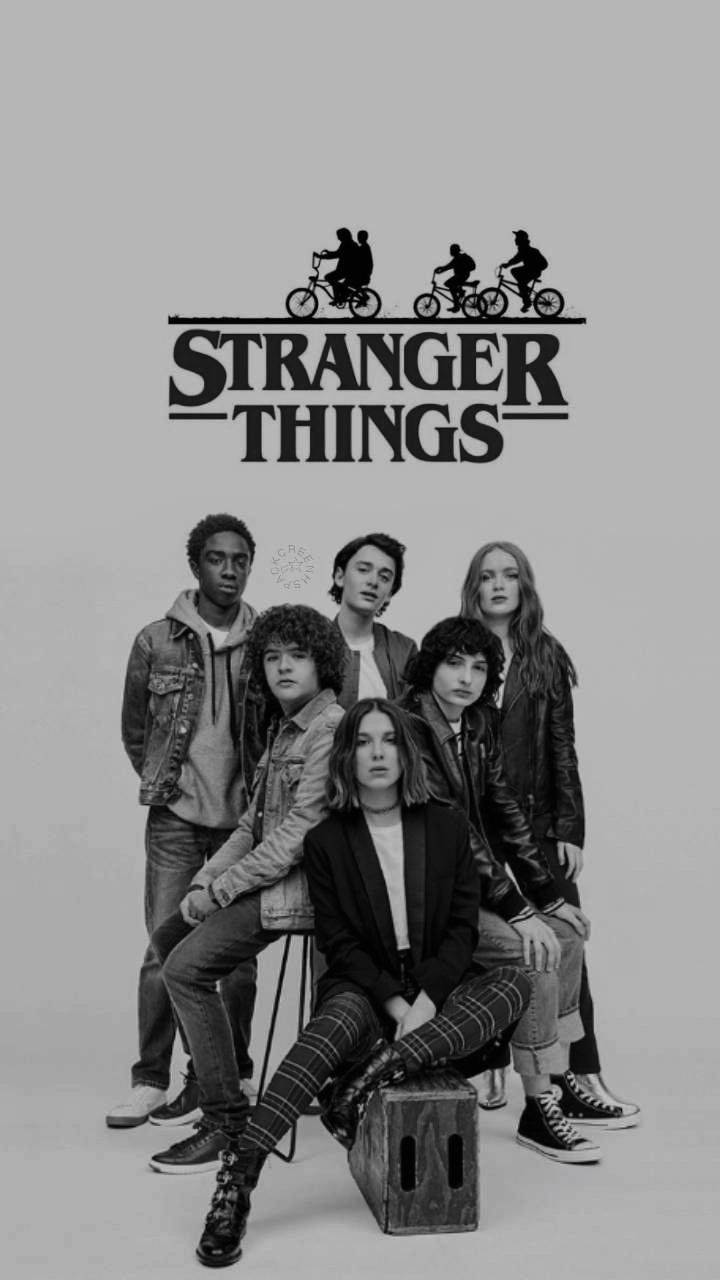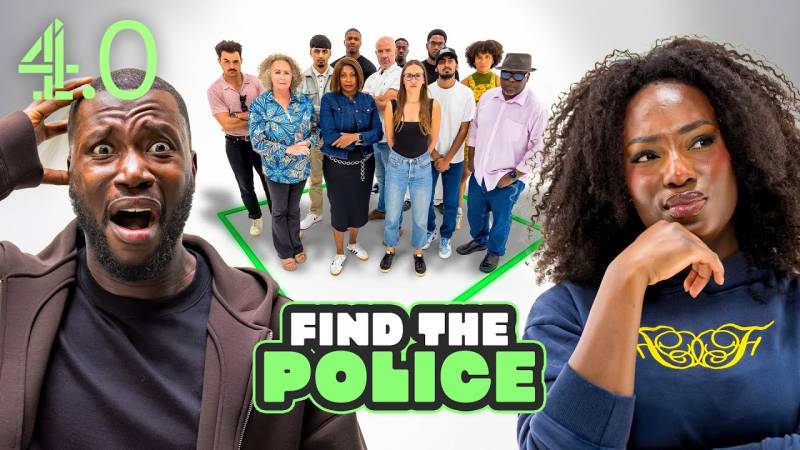You know the story: a young, undersized, aspiring artist from New York’s Lower East Side who loves his country and hates bullies uses a superhero persona to take on the Nazis and becomes a war hero. It’s the origin of Captain America. It’s also the origin of Jack Kirby, his co-creator. Captain America debuted 82 years ago this month, in 1941’s “Captain America Comics” no. 1, the brainchild of Joe Simon and Jack Kirby. The sons of Jewish immigrants, born Hymie Simon and Jacob Kurtzberg, in 1939 they became the first staffers of nascent publisher Timely Comics—later Marvel—Simon the editor and writer at age 26 and Kirby the artist and art director at age 22. Their Captain America was an instant hit, selling almost a million copies a month. This embodiment of America had a square jaw, blond hair, and blue eyes, but he didn’t hail from a Mayflower family or the Midwest heartland.
Read Also: Scientists identify secret ingredient in Leonardo da Vinci paintings
He came from the ethnic slums of the Lower East Side, born to poor Irish immigrants. Kirby grew up in the Jewish tenements of the neighborhood, and like Steve Rogers was a short and scrawny kid who got constantly picked on by bullies. Like Rogers, he always stood his ground, getting into scrapes, often at the defense of his blond younger brother, Dave. And, like Rogers, he developed a lifelong intolerance of bullies of any kind, his son Neal says.
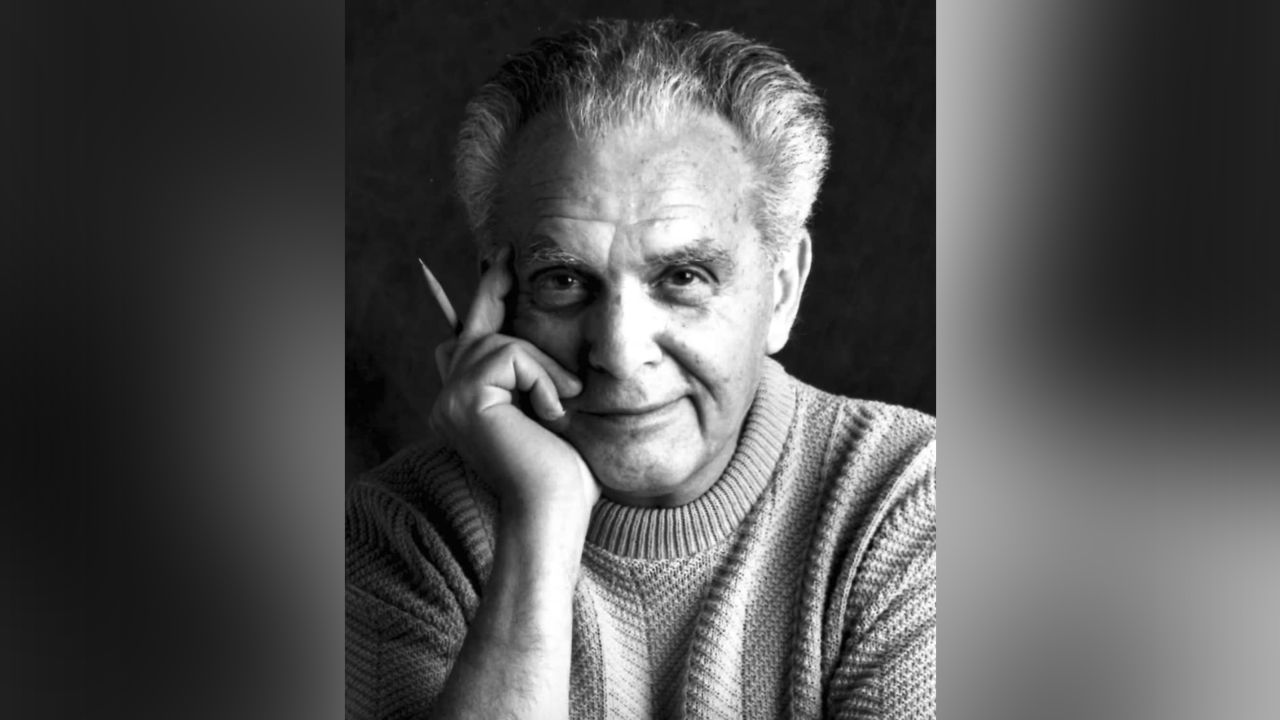
Kirby never used his real name in his work, assuming a series of alter egos like Curt Davis, Jack Curtiss and Fred Sande before settling on Jack Kirby, which he also adopted legally. Though by all accounts fiercely proud of his Jewishness, not one of his pennames sounded remotely Semitic. They were all Anglo, mostly Irish names. His parents were none too happy, but he wanted “to be an all-American.” For Captain America’s alter ego, he chose the Irish name Rogers. Making Captain America a product of the Lower East Side was also meaningful (the 2011 movie changed it to Brooklyn, and it’s been inconsistent in the comics since). It was known as the most multiethnic neighborhood in New York, if not America, a ghetto of impoverished, mostly recent immigrants. Simon and Kirby’s all-American icon was a powerful reminder that being an immigrant is all-American. It could also be that Kirby, who borrowed regularly from Bible stories, was inspired in part by King David, also a small, overlooked, artistic youth who was rejected from armed service but who, with unwavering faith, picked up a star-shaped shield and saved his nation.
For the cover of the first issue, Kirby drew his hero decking Hitler with a good right hook. The comic came out on December 20, 1940 (cover-dated March 1941, common for magazines), a full year before Pearl Harbor. This was a time when 93% of Americans opposed entering the war and American entertainment was under public and political pressure not to offend the Germans and their supporters. And here was Captain America, slapping Hitler, a world leader, on the covers and in the pages of his popular comics. For Kirby, it was personal. According to his son, he was fearful and furious at the rise of Nazism in Europe and the US, especially after Chamberlain’s appeasement and Kristallnacht. He and Simon created their hero in direct response, and Kirby plainly stated, “Captain America was myself.” When he drew him punching Hitler, it was his “own anger coming to the surface.” And there were repercussions. The German American Bund—which just a year prior paraded down Fifth Avenue and filled up Madison Square Garden with 22,000 members—inundated them with “death to the Jews” mail and calls and, as Neal told me, threatening to hang them from lampposts in Times Square.
When groups of them started waiting outside the office building, Simon and Kirby called the police. Soon after they got a call back from none other than Mayor Fiorello La Guardia. He was an avid comics fan and, unbeknownst to most, Jewish. He told them, “You boys over there are doing a good job. The City of New York will see that no harm will come to you.” A police guard regularly patrolled the offices thereafter. Kirby was drafted in June 1943. Unlike most of his colleagues, like Simon who joined the Coast Guard mounted beach patrol, or assistant Stan Lee who joined the Army Signal Corps film division, Kirby, like Rogers, was jonesing to fight the Nazis. He joined the Army 11th Infantry Regiment, landing in Normandy 10 weeks after D-Day. Thanks to his drawing skill and fame as Captain America’s co-creator, he was made an advance scout and sent behind enemy lines to draw maps and positions. At one point he encountered an old Jewish man, gaining his trust by talking in Yiddish, who led his unit to a small labor camp filled with Polish Jews, which they liberated. Kirby later contracted a bad case of frostbite, almost needing both legs amputated. He spent a little over a year in the hospital, but eventually made a fully recovery. He was honorably discharged and awarded the Bronze Star.
After the war, superheroes fell out of favor and Kirby wrote and drew other genres of comics. When Stan Lee, by then the editor and head writer at what would soon be named Marvel, asked him to try superheroes again in 1961, the two created together the Fantastic Four, the Hulk, Thor, Ant-Man, Iron Man, the Avengers, the X-Men, Black Panther and countless others. This, combined with his artistic innovation, earned Kirby the moniker “King of Comics.” It also made him one of the most influential artists of the 20th century.
And like with Captain America, he based them partly on himself. As he told Entertainment Tonight in 1982, “If you look at my characters, you’ll find me.” More than any other, even Steve Rogers, was Fantastic Four member Ben Grimm, the Thing—a gruff, cigar-chomping, thick-browed brawler from the Lower East Side, named after Kirby and his father, Benjamin Jacob. It’s “something my father never refuted,” Kirby’s son Neal told me. “I often describe my father as having the scrappiness of Leo Gorcey in the Dead End Kids, the language of Damon Runyon and the attitude of Jimmy Cagney. Stick a cigar in the Thing’s mouth and you have my father.” When Kirby resurrected Captain America in 1964, his comics became noted for, among other things, their fight choreography, which was informed by his childhood brawls and his combat experience. And when he left Marvel in 1970 and returned in 1975 for a final, three-year stint, Captain America was one of only two co-creations he agreed to return to (the other was Black Panther). He never explained why, but Neal told me he believes it was the personal connection he felt with the character.
